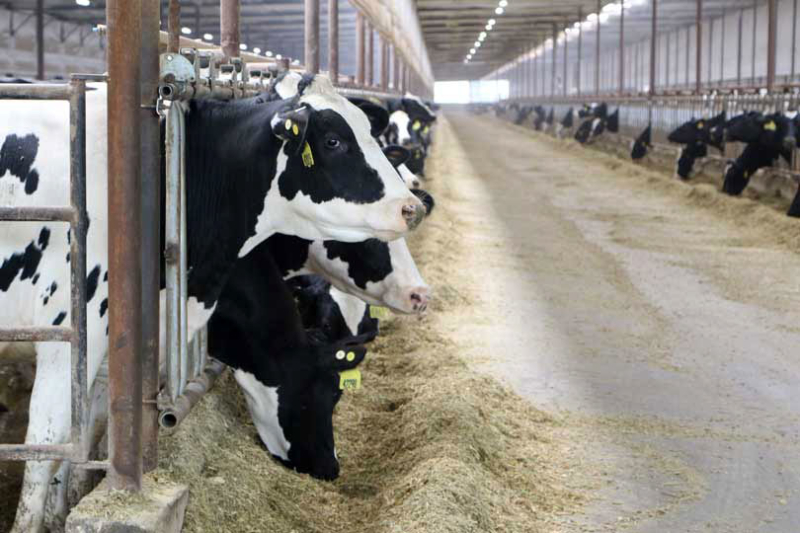By Julie Tomascik
Editor
The U.S. Department of Agriculture (USDA) last week announced a federal order that requires lactating dairy cattle moving interstate to first be tested for H5N1 avian influenza.
The federal agency released additional guidance and clarification on the order.
“Both dairy and poultry producers should redouble biosecurity efforts and be vigilant about monitoring for and controlling disease in their herds and flocks,” USDA’s Animal and Plant Health Inspection Service (APHIS) said.
Interstate movement of cattle
Clinical lactating dairy cattle are ineligible for interstate movement or movement to slaughter, according to APHIS.
Nonlactating dairy cattle—including heifers, dry cows and bull calves—are not currently subject to testing for interstate movement.
Prior to interstate movement, lactating dairy cattle are required to receive a negative test for Influenza A virus at an approved National Animal Health Laboratory Network laboratory.
Additional details on sample collection and testing are available here.
Cattle from herds that test positive for Influenza A are not eligible for interstate movement for 30 days from the most recent collection of any sample that tests positive from any individual animal in the herd. After the 30-day period, animals must be tested again for movement.
The order does not apply to intrastate movement of a lactating dairy cow to a sale barn. Subsequent interstate movement for a lactating dairy cow from a sale barn directly to a slaughter facility requires only a Certificate of Veterinary Inspection (CVI) stating that the animal is clinically healthy, and no testing is necessary, according to APHIS.
“This clarifies the requirements for states where direct to slaughter movements are limited but cattle movements flow through sale barns and auctions for consolidation and movement as a “lot” to slaughter out of state,” APHIS said.
The guidance also notes that “nonclinical” lactating dairy cattle, which are those not showing signs of having the virus, that are going straight to slaughter don’t need a pre-movement test but will still have to have proper inspection documentation.
APHIS said it will “reimburse for all interstate pre-movement testing” that is done at National Animal Health Laboratory Network labs. Sample collection or shipping, however, is not covered by the agency.
Additional recommendations
APHIS recommends minimizing the movement of cattle as much as possible and close monitoring of herds for clinical signs of the disease.
The agency also noted in the guidance that scientists continue to establish testing protocols by assessing currently available tests to better understand the characteristics, and officials may recommend testing for other classes of cattle beyond lactating dairy cows in the future.
“We appreciate all the work being done by farmers, veterinarians, health professionals and state and federal experts to diagnose the virus, prevent its spread and care for affected animals,” American Farm Bureau Federation President Zippy Duvall said. “We encourage cattle farmers across the country, especially those in migratory bird corridors, to take extra biosecurity precautions and report any illnesses in their herds.”
H5N1 in dairy cattle
Federal and state officials first identified H5N1 in dairy herds in Texas in March. In addition to Texas, the disease has been identified in eight other states, including New Mexico, Colorado, Kansas, Idaho, South Dakota, Michigan, Ohio and North Carolina.
The U.S. Food and Drug Administration (FDA) announced this week that H5N1 “viral particles” had been detected in grocery store milk, but officials noted there were few samples like that. Due to the findings, FDA is conducting more nationwide testing.
Highly pathogenic avian influenza “has already been recognized as a threat by USDA, and the interstate movement of animals infected with HPAI is already prohibited,” USDA’s federal order said. “However, the detection of this new distinct HPAI H5N1 virus genotype in dairy cattle poses a new animal disease risk for dairy cattle, as well as an additional disease risk to domestic poultry farms, since this genotype can infect both cattle and poultry.”
Learn more about USDA’s response to HPAI in dairy cattle on the APHIS website.


Leave A Comment